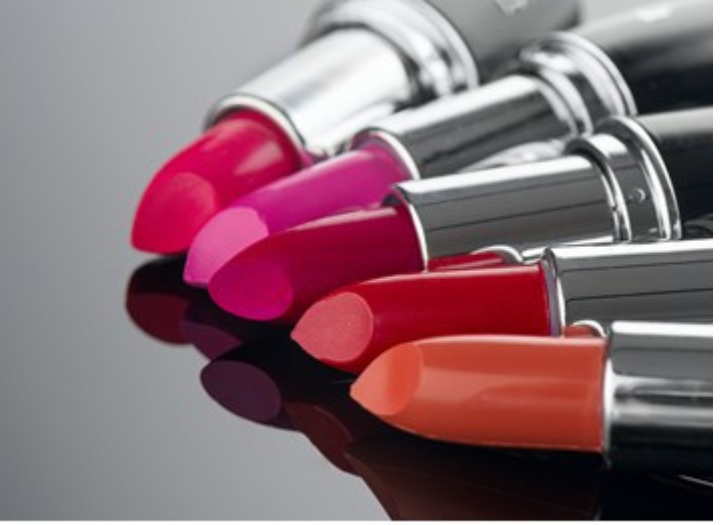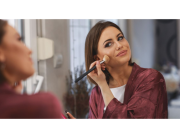Lead and other trace metals may be found in many lipsticks; these occur naturally and can accidentally contaminate other ingredients during production. As contaminants are not added intentionally they will not be listed as ingredients.
In 2007, a study by the Campaign for Safe Cosmetics released a report called “A Poison Kiss”that tested 33 popular brands of lipstick for lead content. The study found that 61 percent of lipsticks contained lead with levels up to 0.65 parts per million (ppm). The study raised public awareness of the issue, putting pressure on the FDA to conduct further studies using a specialized testing method. In 2009, the FDA released the follow-up study to the Campaign for Safe Cosmetics’ report, which found lead was present in all 20 samples tested. The lead levels ranged from 0.09 to 3.06 ppm, with the highest levels found in lipsticks made by Cover Girl, L’Oreal, and Revlon.
In 2011, the FDA conducted an expanded survey on its previous study, which broadened the testing to 400 lipsticks that were available on the U.S. market at the time. This study was performed by Frontier Global Sciences, Inc. using the same testing method as 2009. This study found an average of 1.11 ppm compared to the 1.07 ppm average in the 2009 study, while the highest amount of 7.19 ppm in Maybelline’s Color Sensational 125 – Pink Petal. This was more than twice the highest amount found in the 2009 study.
Trace amounts of lead can contaminate raw ingredients, specifically mineral based additives, as this element occurs naturally in soil, water, and air. The Campaign for Safe Cosmetics made a list of chemicals for concern which can contain toxic chemicals such as lead.Whilst only trace amounts of lead are ingested from lipstick, lead accumulates in the body over time, which can eventually lead to lead poisoning. The most common users of lipstick are teens and adult women, and a study performed by the University of California, Berkeley found that women applied lipstick anywhere from two to fourteen times a day. This translates to up to 87 milligrams of product ingestion per day. Lead ingestion is particularly concerning for pregnant women because lead can enter the fetus from the mother.
The FDA is the regulating body of cosmetic safety under the U.S. FD&C Act. Cosmetics regulated by the FD&C Act do not need to be approved for pre-market sale, but pre-market approval is required for any color additives used in lipsticks. Currently, the FDA has not set an acceptable lead limit level for lipsticks specifically, but it has set specifications for lead in the color additives used in lipstick.
The FDA’s maximum lead limit level is 20 parts per million in cosmetics; however, since lipstick is absorbed through the skin and only ingested in very small quantities, the FDA does not “consider the lead levels we found in the lipsticks to be a safety concern”.
Photo Credit: Shutterstock







Add Comment
You must be logged in to post a comment.